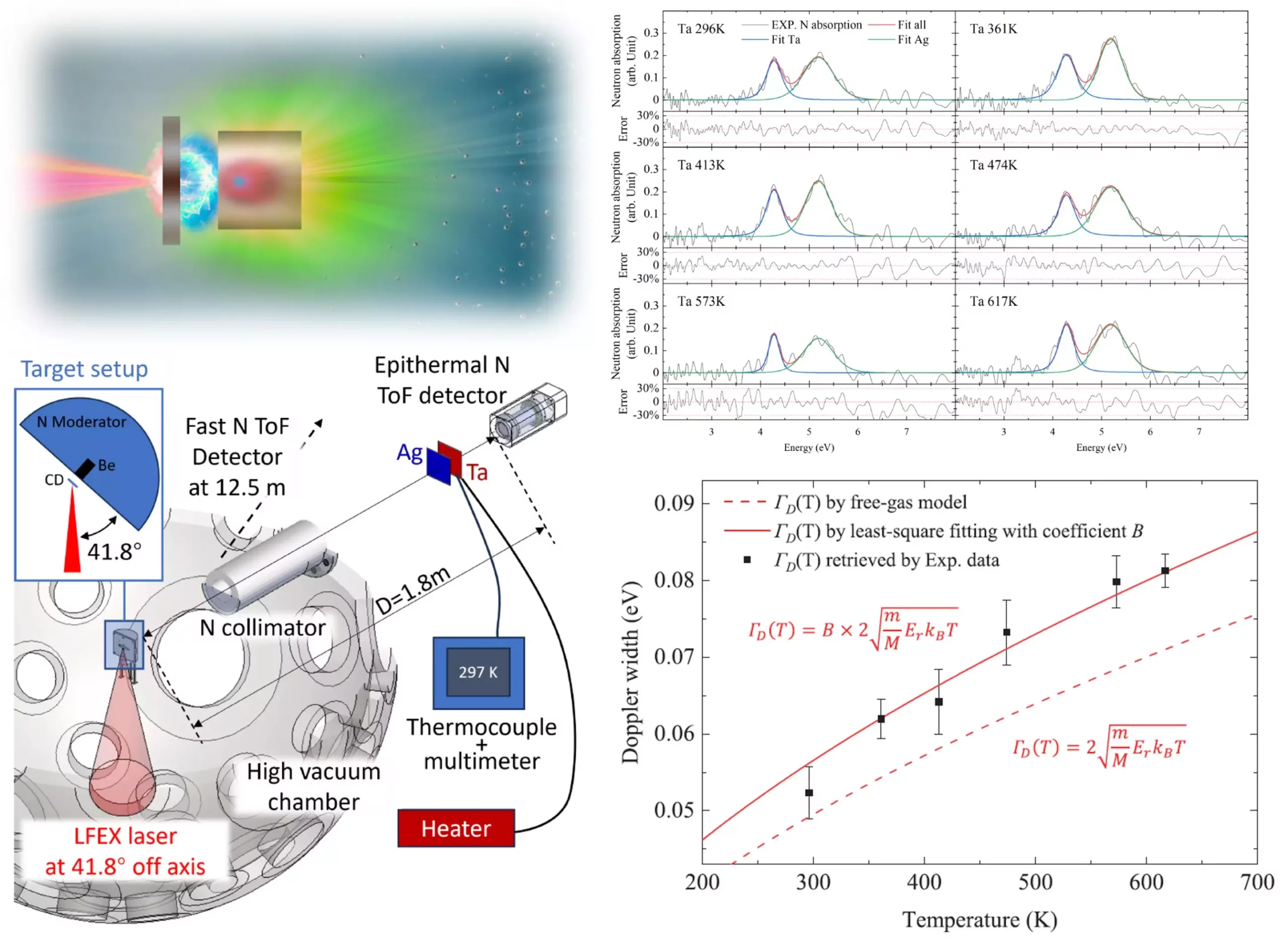The relentless evolution of electronic devices, from smartphones to complex computing systems, has catalyzed an unprecedented demand for enhanced performance and reliability. As the components of these devices become more sophisticated, accurately measuring their internal temperatures presents significant challenges. Traditional methods of estimating the thermal state of materials often fall short, failing to deliver rapid and precise readings necessary for scientific inquiry and practical applications alike. Understanding the temperature of these devices not only informs us of their current operational status but is also pivotal for the development of materials tailored for optimal performance.
Breakthrough in Neutron Technology
A groundbreaking study spearheaded by researchers at Osaka University has introduced an innovative approach to temperature measurement using neutrons, marking a seismic shift in electronics research. Utilizing a method known as neutron resonance absorption (NRA), this new technique enables scientists to conduct quick and precise assessments of temperature changes in various materials. By analyzing the way neutrons interact with atomic nuclei, researchers can glean crucial data about the thermal characteristics of a substance, a feat that was long thought to be an insurmountable challenge.
Unlike conventional temperature measurement methods, which often involve bulky equipment and can be imprecise or invasive, NRA operates on a level of sophistication that allows for non-destructive testing. The implications for this are profound; it opens avenues for real-time monitoring of devices such as batteries and semiconductor components, which are often prone to heat-related failure. As Zechen Lan, the study’s lead author notes, this novel technology allows for instantaneous measurements, paving the way for significant advancements in the way we understand and enhance electronic devices.
Innovative Methodology Behind Neutron Measurement
At the core of this breakthrough is an ingenious methodology that employs high-intensity laser beams to generate neutrons. These neutrons are then decelerated, permitting them to pass through test samples with remarkable accuracy. This process was successfully tested on tantalum and silver plates, with the results revealing not only material properties but temperature specifics at an astonishing speed. The NRA technique’s ability to capture data within a mere window of 100 nanoseconds is particularly striking, providing a glimpse into virtually real-time analysis capabilities.
The speed of this method is a game-changer. Traditional approaches can take considerably longer and often offer fragmented insights into how materials react as environmental conditions shift. In contrast, the instantaneous readings afforded by this new technique can allow for rapid adaptations in manufacturing processes or immediate corrective actions in electronics design. This could lead to safer and more reliable electronic devices, fundamentally altering production strategies across the board.
The Promise of Miniaturization
Another remarkable aspect of this research is the compact size of the measurement apparatus developed by the Osaka team—approximately a tenth the size of existing technology in the field. This miniaturization is crucial for broad accessibility and feasibly integrating this advanced measurement technique into laboratories worldwide. By lowering the barrier to entry, more researchers and engineers can harness this technology, potentially leading to a boom in innovations across various sectors of electronics.
The capability to measure operating temperatures swiftly and accurately does not simply serve academic purposes; it has profound implications for commercial applications. Businesses engaged in the design and production of consumer electronics can use this technology to optimize their supply chains, ensuring that their products are both safer and more efficient while closely monitoring quality control aspects.
Broadening Horizons for Electronics Research
The introduction of neutron-based temperature measurement signifies a considerable leap forward in our understanding of electronic materials. As detailed analysis becomes more available, it equips researchers and manufacturers with valuable insights to push the boundaries of what is possible in electronic design. This meld of technology and scientific inquiry heralds a new era characterized by advanced performance and innovation.
Researchers, manufacturing companies, and electronic device developers all stand to benefit from this leap, as it offers unprecedented capabilities to monitor thermal conditions. The prospect of pinpointing abnormalities and understanding normal operating conditions in real-time can result in longer-running and more reliable devices. As we delve deeper into what this new technology can accomplish, its potential to reshape the future of electronics becomes ever more apparent, signaling an exciting journey ahead.

